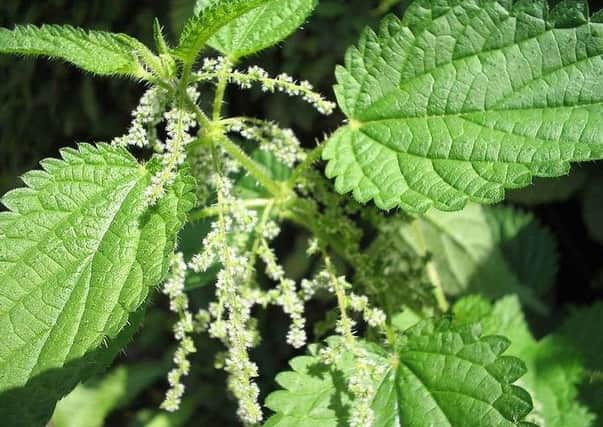Country Diary: Memories of the first taste of nettle soup


However, we soon introduced ourselves, and Reg the warden organised our daily observations to cover the main areas surrounding the observatory. As Ben could speak both German and English, he acted as interpreter, and was a young man of the wilds, used to living on food for free.
On the memorable day of 1960, I returned to the hostel for dinner, to find that it had been cooked by Ben and Reinoud. They had explored the island, and foraged plants fit for the pot, producing what they described as a delicious nettle soup!
Advertisement
Hide AdAdvertisement
Hide AdThis was the first time we English had been offered wild vegetables or herbs, and we were a little scared. Could eating this stuff containing stinging nettles, carrot leaves, fungi...and we knew not what other ingredients, prove poisonous? Did Ben really know enough about wild plants to have picked the correct species? To embark upon such a strange and risky eating venture seemed – unnatural. When caution was abandoned, we sampled our bowl of soup and the taste was a revelation! Since then, Michael and myself have experimented along similar lines – and survived!
So, last week we set out with small bucket and plastic gloves, to pick stinging nettles to accompany lunch. We hadn’t far to go, as they occur in hedgebanks, woods and wasteground. Flowering from May to October they should be picked by the beginning of June. Later, they become coarser and more bitter.
We quickly filled the bucket, and returned to wash the nettles thoroughly, after removing any tough stems.
Tossing them into a pan, they were boiled with no extra water other than any left on the leaves after washing. After 15 minutes they were strained, and a large knob of butter added with salt and pepper, and simmered for a couple of minutes.
The result resembled spinach, and was quite palatable.
Advertisement
Hide AdAdvertisement
Hide AdNettles contain iron, formic acid, ammonia, silicic acid and histamine. These chemicals are said to, “aid the relief of rheumatism, sciatic and allied ailments. They increase haemoglobin in the blood, improve the circulation, purify the system and tone up the body. As they also lower blood pressure and the blood sugar level,” wait no longer. Gather your nettles and worry not about stings, as the stinging hairs are destroyed when cooked.
As comfrey grew closer by, the next day I cooked the large, hairy leaves in the same way. They looked very similar as a vegetable, but were rather insipid, and we wouldn’t be returning for a second helping!
Tender-handed stroke a nettle,
And it stings you for your pains;
Grasp it like a man of mettle,
And it soft as silk remains.